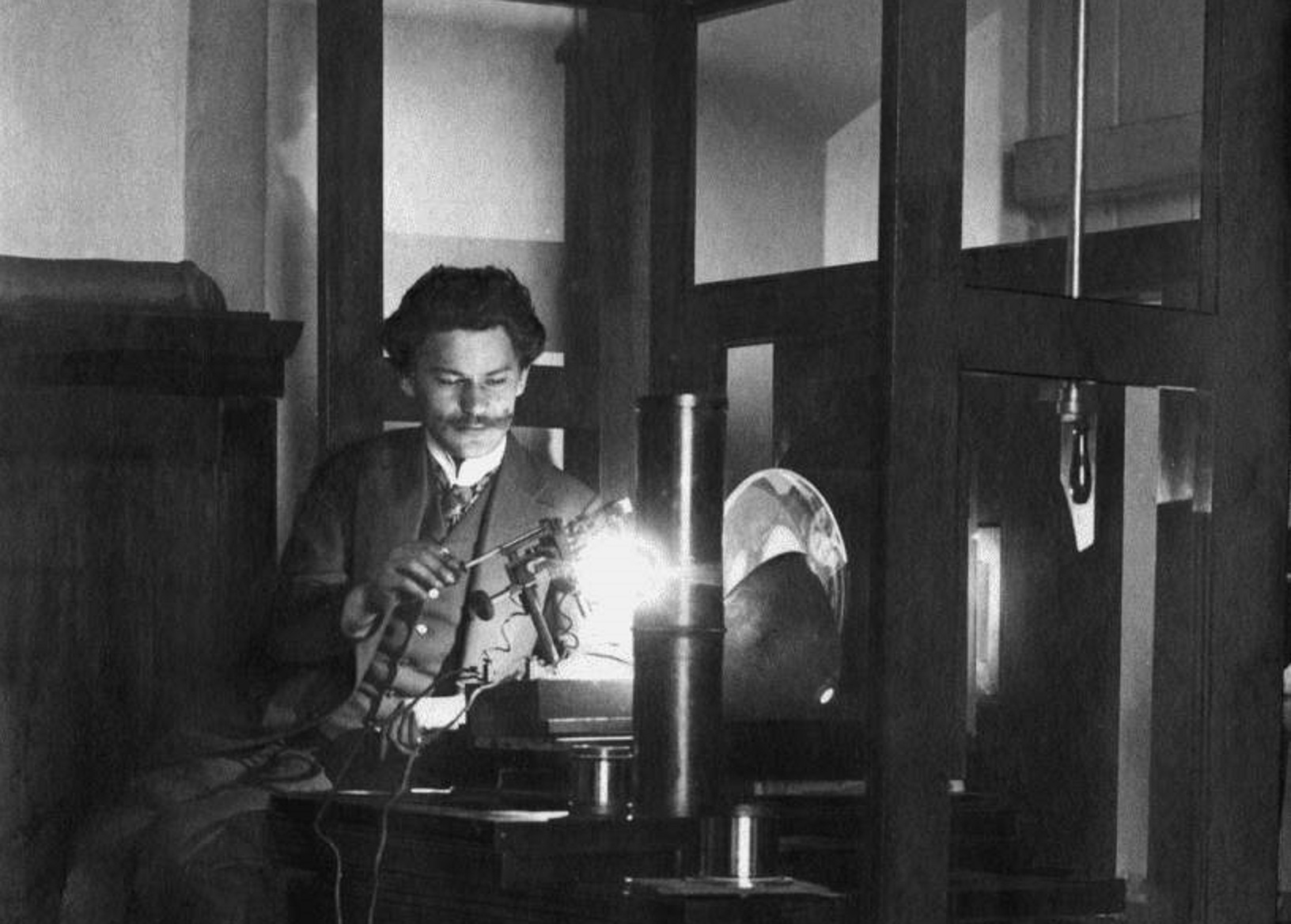There has been a lot of talk about the prison resistance movement operating in Auschwitz. The number of books devoted not only to the issue itself, but also to Witold Pilecki, is growing. Meanwhile, the most important book on this subject was written by a former Auschwitz prisoner over forty years ago.
by Daria Czarnecka

Title: Fighting Auschwitz. The Resistance Movement in the Concentration Camp
Series: The Garlinski Collection
Publisher: Aquila Polonica Publishing
ISBN: 9781607720256
Józef Garliński was a soldier fighting in September 1939, a refugee from a prisoner-of-war camp and a conspirator. He was active in the Home Army, acting, among others, within the Security Department of the Home Army Headquarters. Arrested under a fictitious name, he was first imprisoned in the Pawiak prison in Warsaw, and then sent to the Nazi Concentration Camp of Auschwitz.
After the war, he settled in London, where he became one of the most famous historians of Polish involvement in the Allies’ military effort. His most famous work includes: Hitler’s Last Weapons, The Swiss Corridor, Poland, SOE and the Allies, The Survival of Love: Memoirs of a Resistance Officer and Poland in the Second World War. Nevertheless, his most important work was a book on the prisoner resistance movement within the Auschwitz camp, which appeared in 1975. It was also published in Poland, unfortunately with serious censorship interference, which, among others, ordered the removal of passages dedicated to Witold Pilecki. Recently, the book has been published again in its English-language version as part of the series The Garlinski Collection published by Aquila Polonica.
The prisoner resistance movement is currently associated mainly with Witold Pilecki, the famous volunteer to Auschwitz, who was imprisoned in a concentration camp under the name Tomasz Serafiński. He created an efficient network consisting of the so-called fives. Only one person from a given five knew the contact person in the higher five. This structure allowed the conspirators to minimize the repercussions of any possible disclosure of information. This system worked very well until the evacuation of the Auschwitz-Birkenau camp. Without diminishing the merits of Pilecki, it must be said, however, that when he arrived at the camp there were already groups of prisoners trying to resist the prevailing conditions. They were mainly socialists who cooperated with Stanisław Dubois, Norbert Barlicki and Julian Wieczorek.
Although Pilecki foresaw the possibility of detaining prisoners, the main effort of the conspirators focused on improving the quality of life in the camp, saving as many people as possible and informing the world about what was happening behind the wires. Smuggling of medicines and food, assigning people to better commands, the slow assumption of positions by trusted people, and the elimination of informers, violent kapos and the SS (mainly through typhoid infestation) meant that the situation of the political prisoners changed significantly over time. Contacts with the resistance movement outside the camp and outside the village of Oświęcim and the surrounding area allowed the smuggling of medicines, news and the coordination of planned escapes. With the help of prisoners released from the camp and refugees, Pilecki sent fragments of his famous report, which informed not only the Home Army command, but also the whole world about German crimes.
Although the main focus of the reviewed book is placed on the activities of Związek Organizacji Wojskowej (the military organization), there will also be descriptions of other groups, the largest of which was Kampfgruppe Auschwitz (the Oświęcim Combat Group) – an international resistance movement in which communists and socialists played a dominant role. Over time, it became a major force, and Józef Cyrankiewicz, active in the General Committee of the Oświęcim Combat Group, under the pseudonym “Rot”, was appointed by the commander of the Silesian District of the Home Army as the military commander of Związek Organizacji Wojskowej.
If we can say that there are canonical historical monographs devoted to this subject, Fighting Auschwitz is undoubtedly one of them. This is undeniably the best documented, balanced and solidly embedded in a broader context book on the camp resistance movement in Auschwitz. The author does not shy away from the camp’s history, descriptions of the stages of construction and the extension of the camp. It also familiarizes the reader with the organisation and activities of the SS administration and its individual departments, such as Politische Abteilung (the Political Department acting as the camp Gestapo). It is not limited to the area of KL Auschwitz I-Stammlager, but describes the entire camp, including the numerous sub-camps in which prisoners performed slave labour for the war being waged by the Third Reich.
An undoubted additional value is the extensive annex containing complementary information, including comments on the more complicated facts described, and those issues that do not have a clear answer. The new edition of the book contains a large number of photos and photocopies of documents made by the German administration regarding the functioning of the camp. This allows the reader who may not know the exact location of many sub-camps or the geography to place the described locations in relation to larger cities. They also depict the changing military situation during the Second World War. This edition also includes an afterword by Jarek Garliński, the son of the author, who describes how the censorship of the People’s Republic of Poland distorted the Polish edition of Fighting Auschwitz. It is mainly about the aforementioned issue of Witold Pilecki‘s involvement in building the camp resistance movement.
It is wonderful that the reissue of this book has appeared. It is of great importance both for the memory of the victims of the Nazi Auschwitz-Birkenau-Monowitz camp, and for the heroes who decided to fight in these extreme conditions. Too many valuable Polish monographs on concentration camps appear only in Polish, and thus cannot be read outside Poland. Fortunately, Garliński’s book will find readers throughout the English-speaking world.
Author: Daria Czarnecka
Translation: Alicja Rose & Jessica Sirotin





